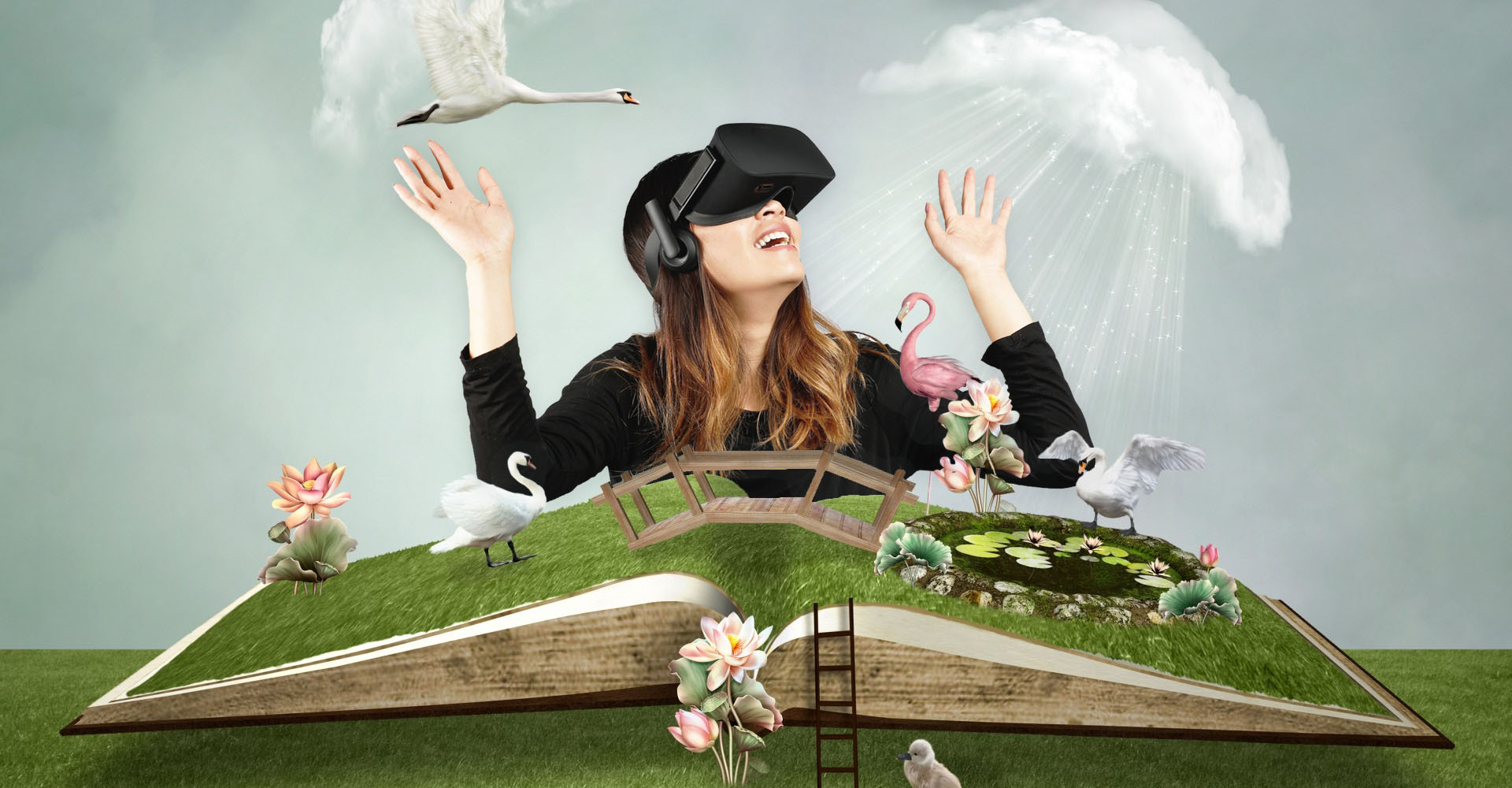VR and Storytelling: Experience as Narrative
One of the biggest challenges facing VR and 360 video content creators is telling a story to an audience that has full control of where they’re looking. Now that we've produced upwards of twenty 360 video experiences, ranging from guerilla-style “capture everything we can” event shoots to more elaborate and scripted productions, it’s becoming clear that traditional methods of conveying narrative don’t translate. As the VR industry grows into itself we’re seeing lots of experimentation with this, which is a good thing, however no one has yet to establish any strong precedent beyond some do's and don’ts. I’m not here to change that. However, I would like to share some thoughts and observations regarding VR and storytelling.
Media Everywhere
It’s no news to anyone that we live in a media rich (read:saturated) world. With the democratization of camera and video editing technology and the massive reach of video sharing platforms like YouTube, there is literally endless content out there. This is fantastic in the sense that everyone has a voice and space in which to express it. It is a nightmare in the sense that sifting through this media mass now requires more time and discernment than ever before. The talented team over at Magnopus put it elegantly: “When we were kids the world was experience-rich, but information-poor. Today the world has become information-rich, but experience-poor.” Of course this is why we’ve seen huge interest and progress in curation services and machine learning to do the heavy lifting for us, yet even those can’t negate the fact that due to this veritable cacophony of constant and mostly average content - we are jaded.
Audiences are Desensitized
This jadedness is more than a byproduct of content overload. It’s a heady cocktail of exceedingly high production values in Hollywood postproduction and formulaic distillation of plot, scripts, flow, and delivery. Now I’m not here to argue that these ingredients are ruining film or that Hollywood is too risk adverse, etc. etc. I bring this up only to illustrate the reality of audiences being shown that anything is visually possible on screen. This combined with an optimal script as determined through market research results in us yawning at 40 minute CG fight scenes that would have sent any movie-goer 20 years ago into shock. And that’s normal. As humans we acclimate pretty quickly to new stimuli, which leaves VR creatives in a tricky spot. While many of us are coasting on the novelty and wow factory of the technology, it’s only a matter of rapidly depleting time before jadedness sets in.
Proximity = Passion
You’ll have to excuse the pseudo-psychology and generalizations, but in our experience the closer someone is to something the more they care about it. This applies both physically and metaphorically. While it’s no doubt fantastic to have powerful computers on our person at all times capable of showing us infinite content, the process of attenuating that experience through a screen makes us feel disconnected from it, ironically. This is the fundamental benefit of VR. When we wrap content all the way around someone, they are no longer simply watching something. They are experiencing it. That doesn’t put VR on some level above traditional media as all experiences aren’t inherently compelling - I’m looking at you, DMV. But it does give content creators a new paradigm to work with.
Experience as Narrative
This is where VR has to depart from traditional storytelling and forge its own path. When we take away the frame, we’re relinquishing most of our control to the audience. With this we gain the ability to craft environments and situations that are most effective enveloping the audience. For example, horror has been a goto in early VR because fear is primal and heavily connected with our surroundings. This has made for many entertaining nights scaring the bejesus out of our friends, but it’s relatively one-note. So as we move up that Maslow’s hierarchy of needs and emotions are more abstracted from the environment, how do we communicate message on that level? The answer - we don’t know, but we’re working on it. To some extent though I believe it’s about letting the audience craft their own story as we provide the medium and tools.
Expecting more from Audiences
VR in its current form expects a lot from its audience. Not only does it require expensive equipment and sometimes physical space, it requires people to forgo their surroundings and submit themselves to whatever world we decide to wrap them in. Even the act of moving our heads around is more of an ask than traditional media. So for us it’s about not underestimating those people willing to adventure out with us. Audiences are smart - despite what can sometimes seem like overwhelming evidence to the contrary *cough* transformers *cough* so we’re focusing on enabling them to become a more active participant in the narrative. This doesn’t necessarily mean first person storytelling, or videogame-esque mechanics baked into every VR experience, but somewhere in the mix of all these tools is a powerful formula for effective VR storytelling that leave audiences with a greater sense of agency, proximity, and ultimately ownership of the experiences we’re creating.
My cofounder and I started Look On Media because we share a passion for experiences that fundamentally affect people. We believe VR has provided an exciting new medium to bring that passion to others, and we’re looking forward to exploring it with you.
If you have any thoughts on VR storytelling we'd love to here them!



